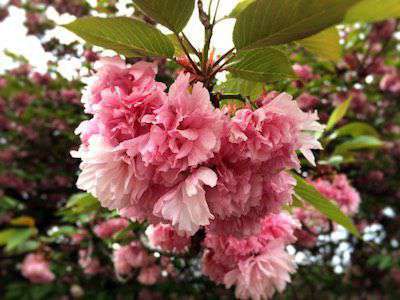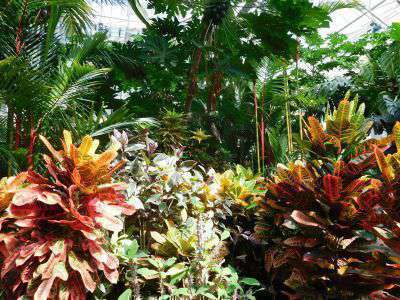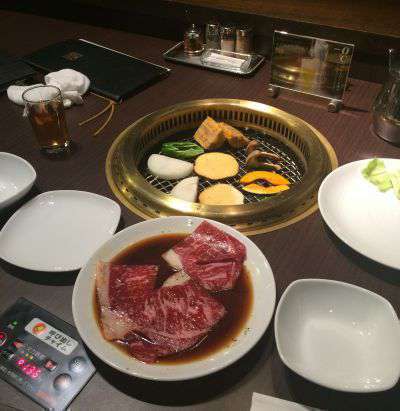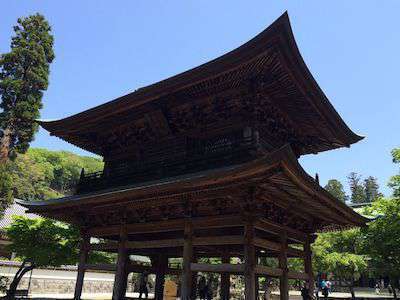Visit the Great Buddha of Kamakura at Kōtoku-in
Enjoy one of Japan's Buddhist national treasures in rural Kamakura, only an hour from Tokyo and the ideal day trip
Buddhism is one of the major religions in Japan, and so Buddhist temples and statues of Buddha feature prominently in Japanese culture. The Giant Buddha at Kamakura is one of the finest examples in Japan.
Only an hour from Tokyo is the rural town of Kamakura, and the nearby village of Kōtoku-in which is host to one of the most spectacular giant Buddhas in Japan. This giant buddha is over 800 years old, and was originally created in wood in the 13th century, and has been rebuilt a few times over the centuries. The giant Buddha sits in a large peaceful courtyard, accessed from the main road in the centre of Kōtoku-in via the typical Buddhist temple gate and a paved walkway.
While there are loads of Buddhist temples in Tokyo such as Sensō-ji in Asakusa, the trip out to Kamakura is a fantastic and easy day trip from Tokyo, and well worth it.
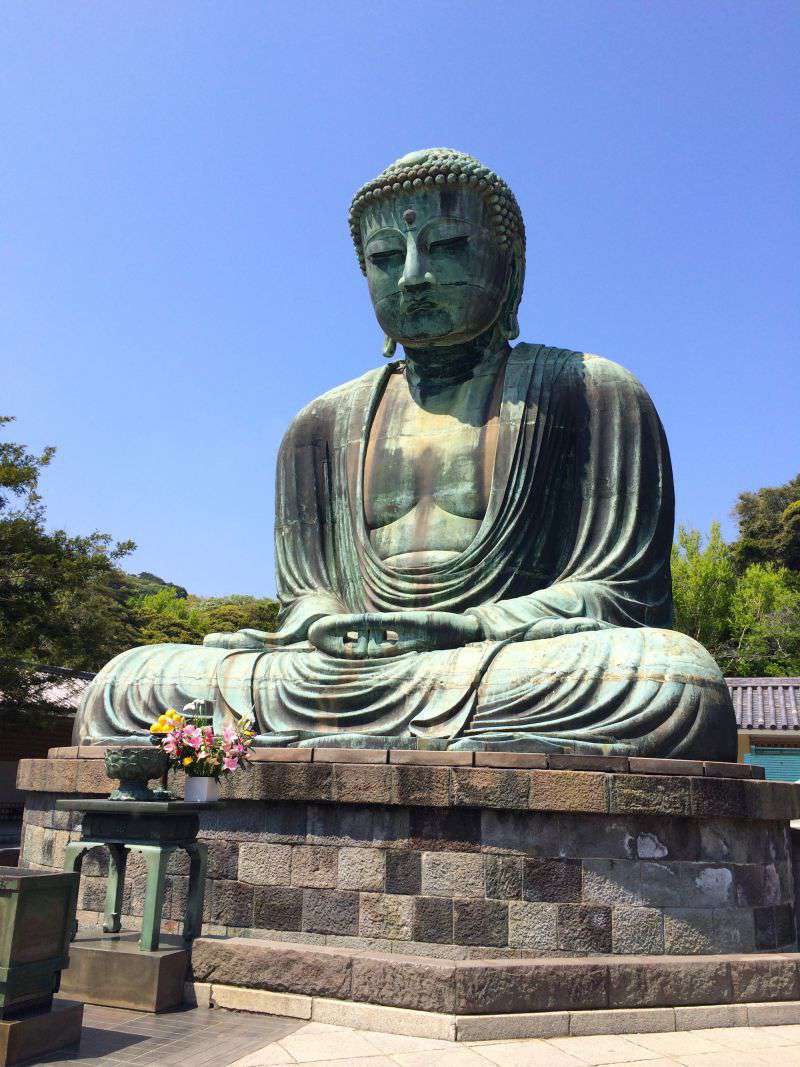
The Giant Buddha of Kamakura, at Kōtoku-in
How to get to the Giant Buddha at Kamakura
You'll probably be coming from Tokyo, so the best way to get out to Kamakura and Kōtoku-in is on the Train. It's about ¥920 to Kamakura and takes a little over an hour on the Shonan-Shinjuku line, from Shibuya.
If you're ok walking a few miles on trails, then we'd recommend that you take the Diabutsu Hiking Course, which starts at the Kita-Kamakura train station (one stop before Kamakura). This trail leads you over the hills and into Kōtoku-in, very close to the giant Buddha.
Alternatively you can take the train direct to Kamakura, then take the bus to Kōtoku-in. In fact this is how we recommend getting back to Kamakura after a day trip to Kōtoku-in. There's also a light rail line to Hase, which is the nearest train station to Kōtoku-in, which is on the Enoshima Dentetsu line.
The temple entrance is actually quite subtle - just some steps up from the main road into a wooded entrance. You'll walk through the Nio-mon gate (仁王門) and then into the temple complex itself, stopping at the ticket office first - the entrance fee is ¥200. You'll see the Giant Buddha immediately in the distance, but you may wish to wash your hands at the washing station. Then you can follow the walkway leading directly up to the Buddha.
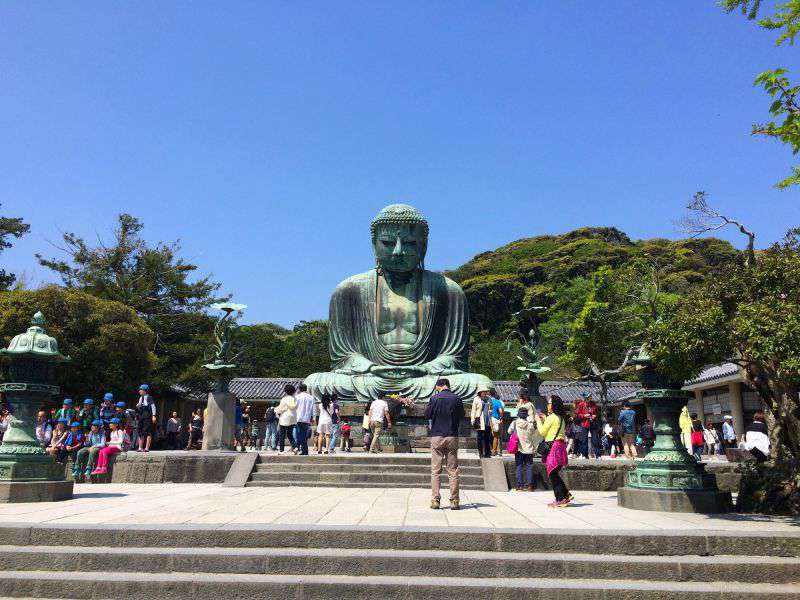
The steps up to the Giant Buddha of Kamakura, at Kōtoku-in.
What's there?
The Giant Buddha of Kamakura sits in a large courtyard, surrounded by small buildings and nestled into the rich green foliage of the surrounding forests. We visited on a beautiful spring day, with the plants and trees a rich green, and the sky a deep blue, without a cloud. It's a busy destination with lots of visitors, but this temple had a nice serene feel to it, with a clear respect from everyone who was visiting.
The Giant Buddha itself is the focal point of the temple, the huge statue created in bronze and weathered to a beautiful green patina. The statue is hollow, and visitors are allowed inside for an additional ¥20 charge.
There are some surrounding gardens in the temple grounds, where you can find some old stone monuments with intricate Japanese text carvings. There several buildings surrounding the Giant Buddha, including a shop where you can buy good luck charms and other souvenirs. There's a restroom / toilets.
The surrounding area in Kōtoku-in is pretty touristy. Out on the main road there are loads of souvenir shops and eateries.
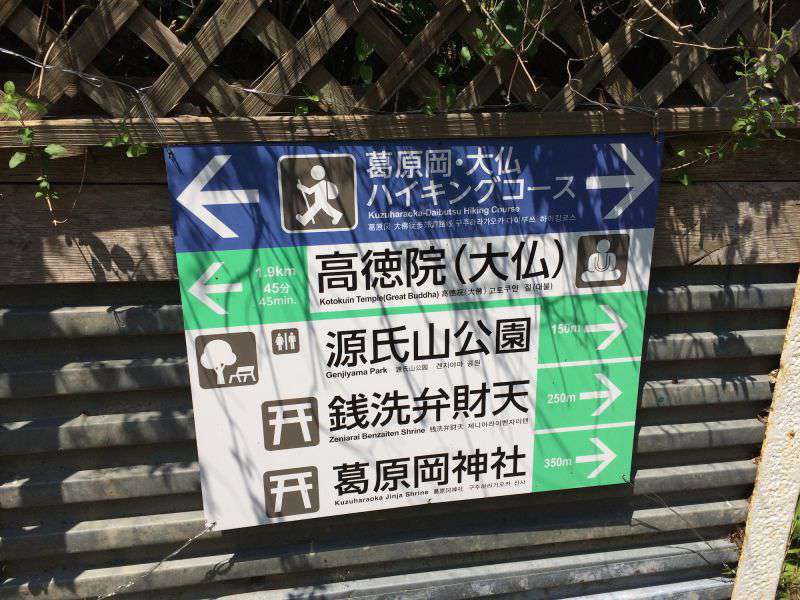
A signpost on the Daibutsu Hiking Course, a hiking trail over the hill to the Great Buddha of Kamakura
For more information visit the Kōtoku-in website which is available in English and Japanese.
